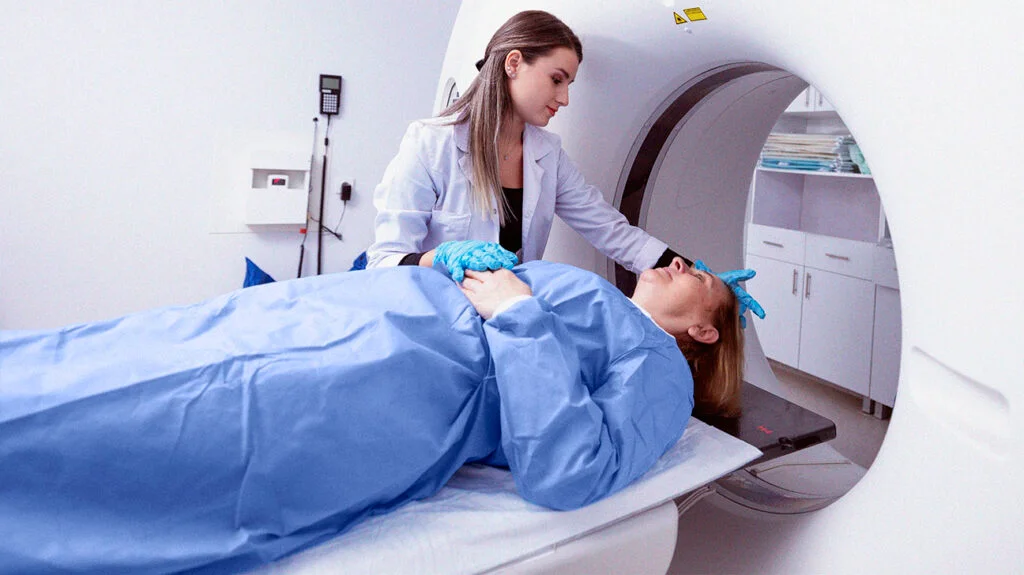Breast cancer is one of the most commonly diagnosed cancers affecting people across Australia. According to the Australian Institute of Health and Welfare, approximately one in seven women and one in 600 men will be diagnosed with breast cancer in their lifetime. However, early detection and access to appropriate care can significantly improve health outcomes.
If you or a loved one has received a breast cancer diagnosis, understanding the available treatment pathways in Australia is a valuable first step toward making informed healthcare decisions.
Personalised Care Pathways
In Australia, breast cancer treatment is typically provided through a coordinated, team-based approach. This may include general practitioners, surgeons, medical oncologists, radiation oncologists, breast care nurses, and allied health professionals. Each individual’s treatment plan is developed based on the type and stage of cancer, overall health, and personal preferences.
This multidisciplinary method helps ensure that care is well-rounded and adapted to suit different needs. Discussions around treatment options often take place in consultation meetings, where the individual can explore the possible benefits and side effects of each pathway.
Common Breast Cancer Treatment Options in Australia
There are several treatment options available for breast cancer in Australia. These treatments may be used alone or in combination, depending on each person’s condition.
1. Surgery
Surgical removal of the tumour is one of the most common treatment approaches. Depending on the size and spread of the cancer, this might involve a lumpectomy (removing the tumour and some surrounding tissue) or a mastectomy (removal of the whole breast). Some individuals may also choose to undergo reconstructive surgery, which can be performed at the same time or at a later stage.
2. Radiation Therapy
Radiation therapy involves the use of high-energy rays to target and destroy cancer cells. It is often recommended after surgery to reduce the risk of recurrence in the same area. In Australia, radiation therapy is delivered in specialised facilities, typically over several sessions.
3. Chemotherapy
Chemotherapy uses medication to destroy cancer cells throughout the body. It may be administered before surgery (neoadjuvant) to shrink a tumour or after surgery (adjuvant) to lower the risk of cancer returning. The decision to undergo chemotherapy depends on the tumour’s characteristics and other individual health factors.
4. Hormone (Endocrine) Therapy
Some breast cancers are hormone receptor-positive, meaning they grow in response to hormones like oestrogen or progesterone. Hormone therapy works by blocking these hormones or lowering their levels in the body. This treatment is often prescribed for several years after the primary treatment has concluded.
5. Targeted Therapies
Targeted therapies focus on specific markers or genetic traits of the cancer cells. For example, HER2-positive breast cancers may be treated with medications that target the HER2 protein. These treatments are generally given through infusion and may be combined with chemotherapy.
Navigating the Public and Private Healthcare Systems
In Australia, individuals can access breast cancer treatment through both public and private healthcare systems. The public system offers care that is largely covered under Medicare, including hospital stays and treatment by registered practitioners. In private healthcare settings, individuals may have access to a broader range of choices, including timing of procedures and providers. It’s important to understand the costs involved and what is covered by private health insurance.
Many private hospitals across the country, such as Burnside Hospital in South Australia, offer dedicated breast care services. These hospitals may provide diagnostic imaging, day surgery, and recovery services in a supportive environment, helping individuals receive coordinated care under one roof.
Importance of Early Detection
Early detection remains one of the most effective ways to improve outcomes for those with breast cancer. Regular screening through BreastScreen Australia is recommended for eligible age groups. Women aged 50 to 74 are strongly encouraged to undergo a mammogram every two years. However, those aged 40 to 49 or over 75 can also request a screening.
If a screening test or physical symptoms raise concern, further testing such as ultrasound, biopsy, or MRI may be recommended to provide more clarity.
Supportive Care and Wellbeing
Navigating a breast cancer diagnosis is not just about medical treatment — emotional and psychological support is equally important. In Australia, many hospitals and community organisations provide counselling, breast care nursing, peer support groups, and rehabilitation services. These resources can help individuals manage the impact of treatment and recovery on their daily lives.
Allied health services such as physiotherapy, nutrition advice, and occupational therapy are often integrated into treatment plans to support overall wellbeing.
Accessing Care in Regional Areas
Efforts have been made across Australia to ensure access to breast cancer treatment is not limited to metropolitan areas. Telehealth services, regional cancer centres, and outreach programs aim to reduce travel burdens and support continuity of care for individuals living in rural and remote communities.
Final Thoughts
Breast cancer treatment Australia is shaped by a person-centred, multidisciplinary approach designed to support physical and emotional wellbeing throughout every stage of care. Whether treatment is accessed through public hospitals or private facilities, patients benefit from structured systems that prioritise safety, choice, and support.
If you have questions or concerns about breast cancer or your treatment options, speaking with a registered healthcare provider is the most reliable way to gain personalised guidance based on your unique situation.
